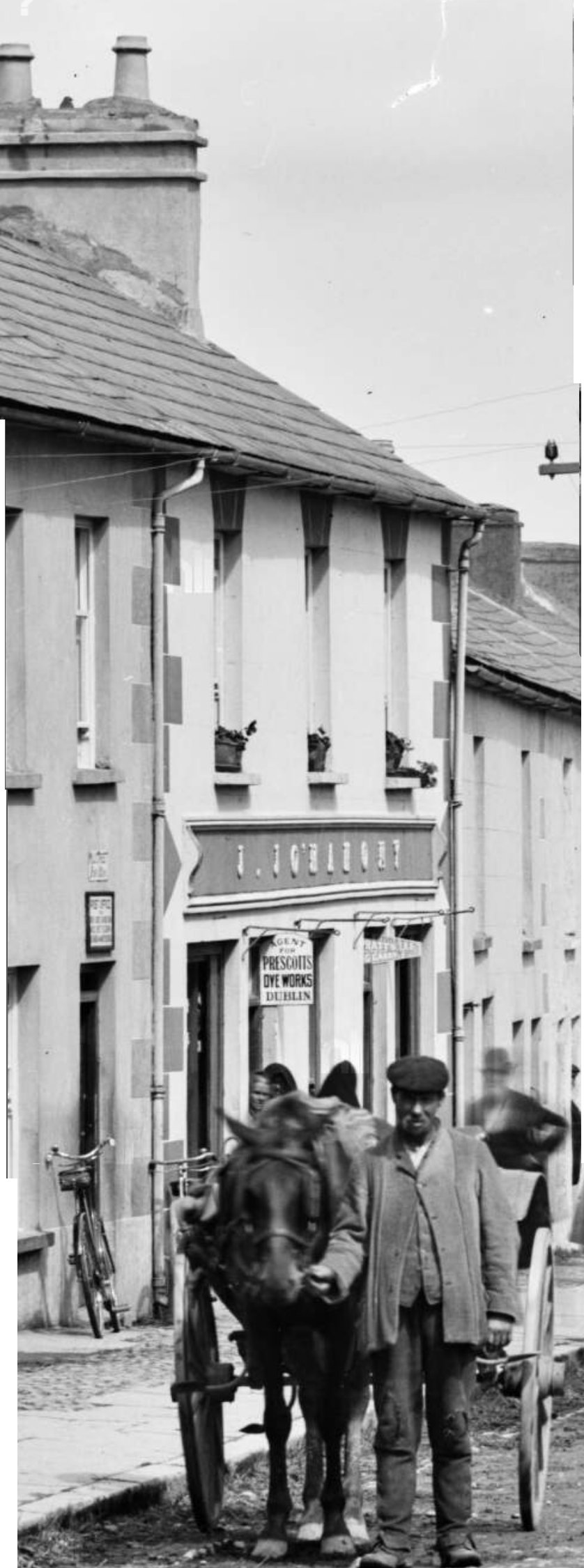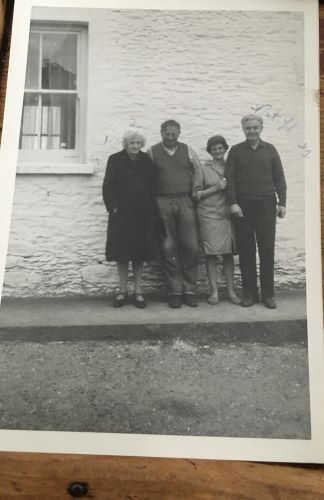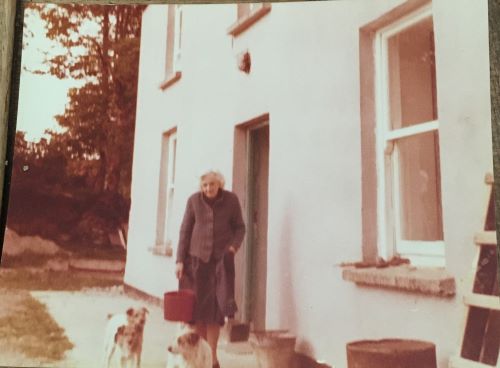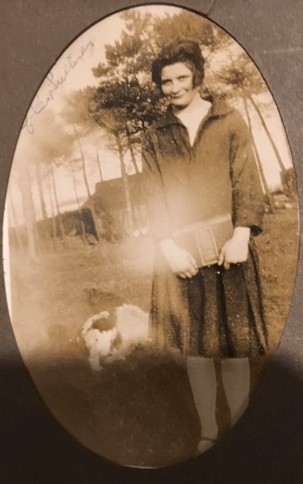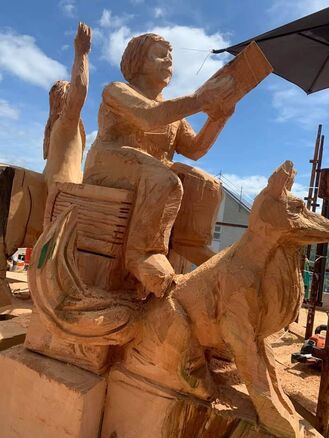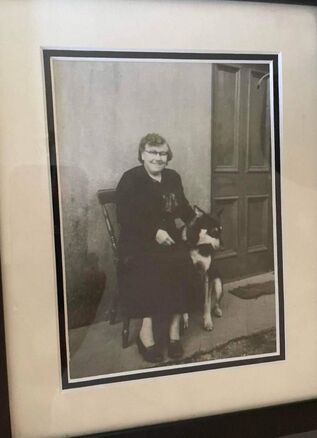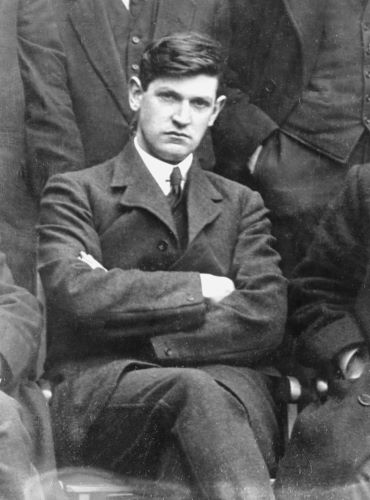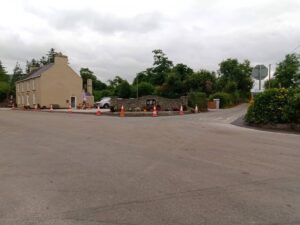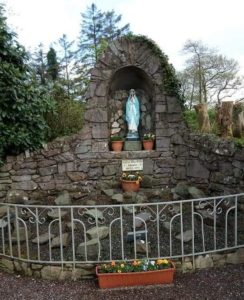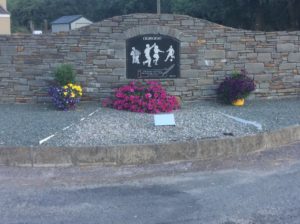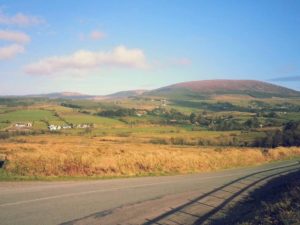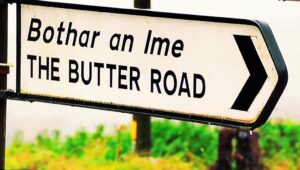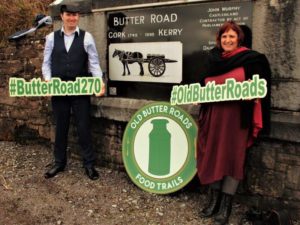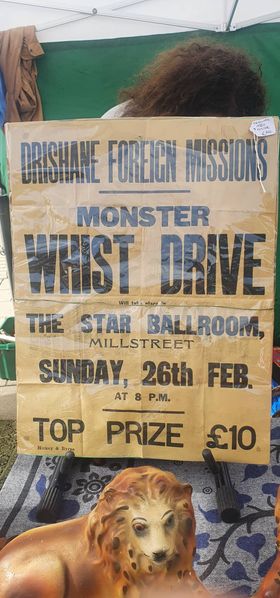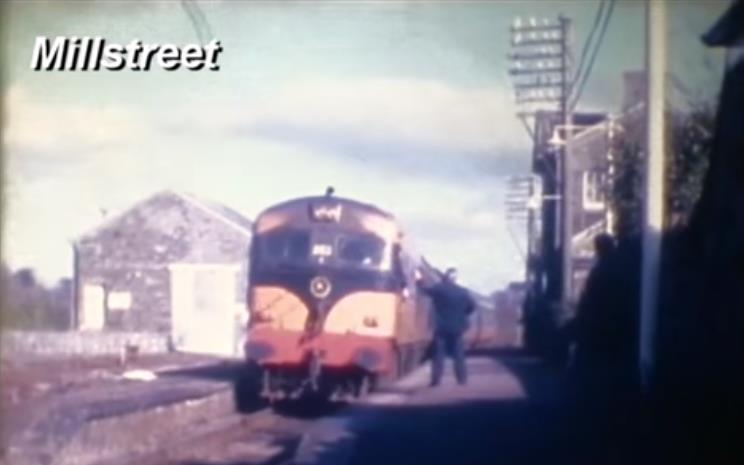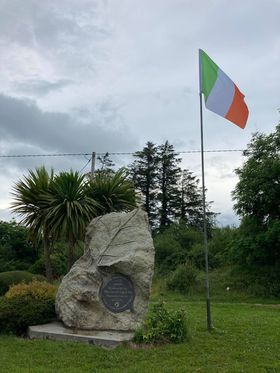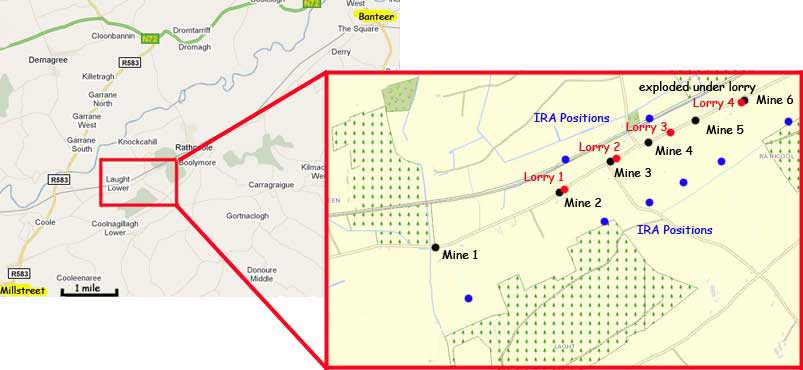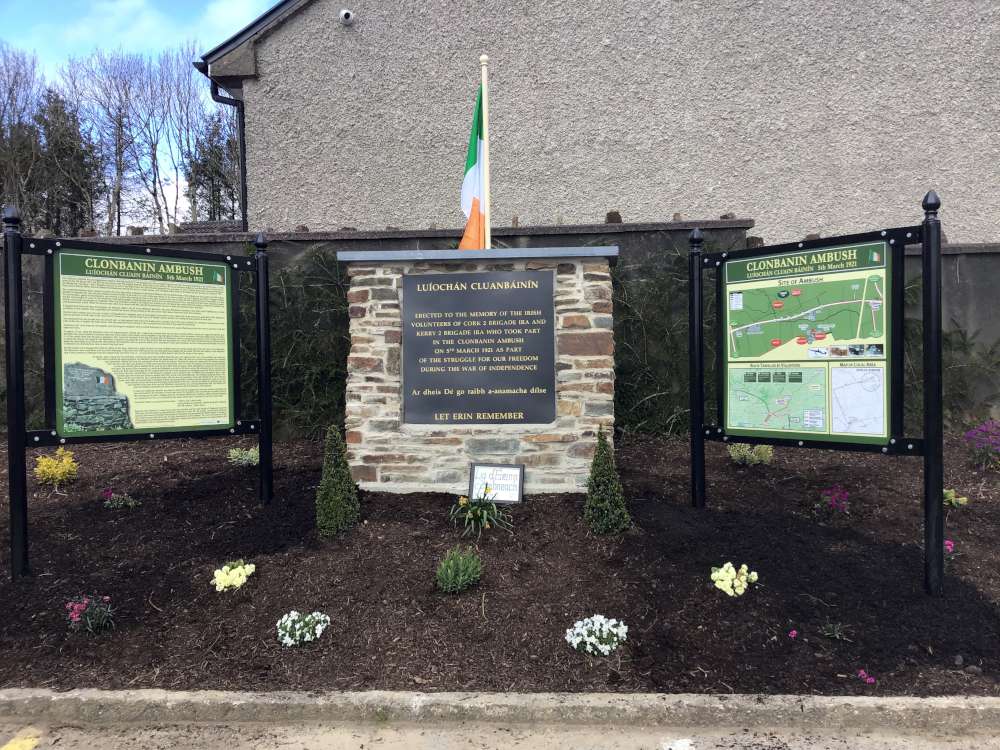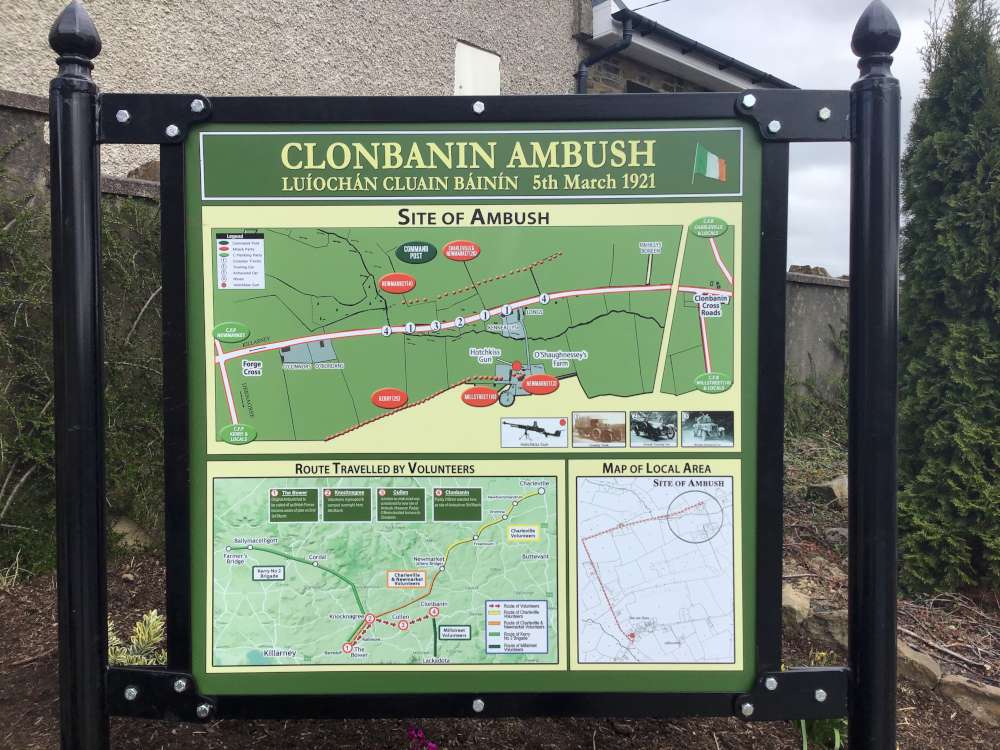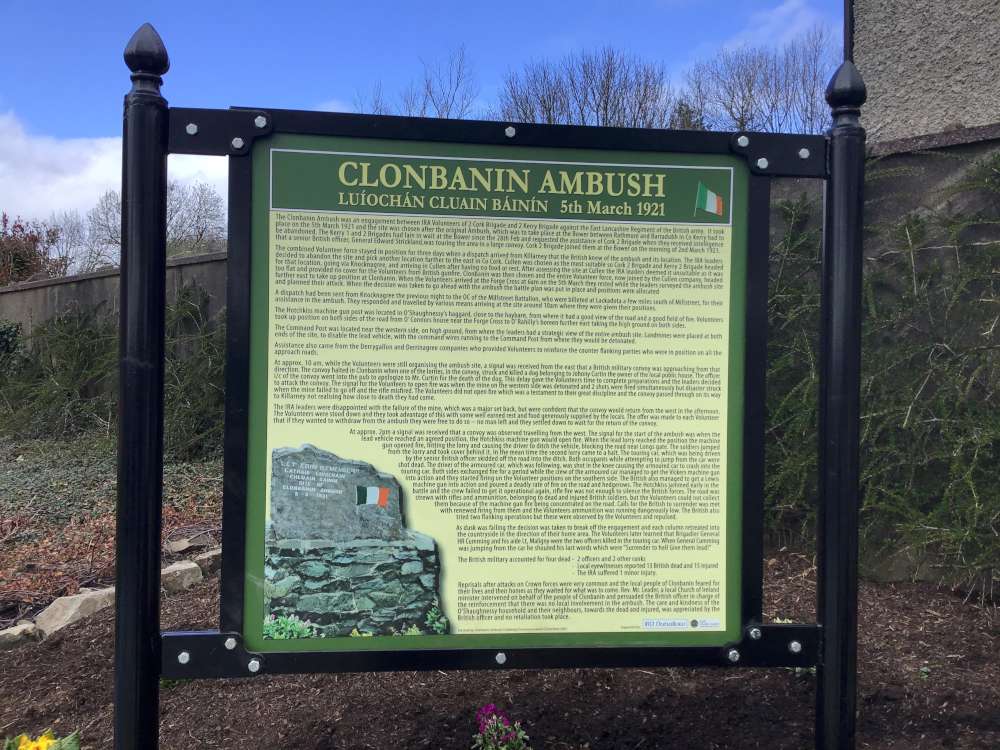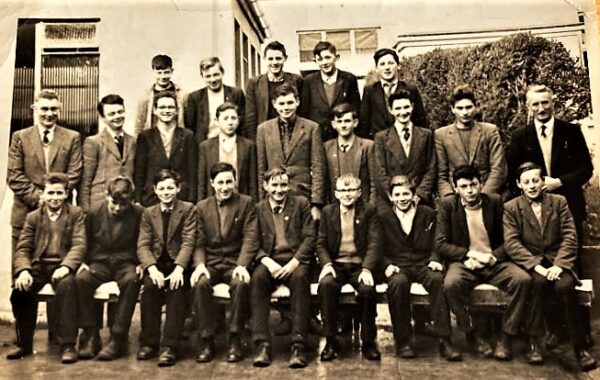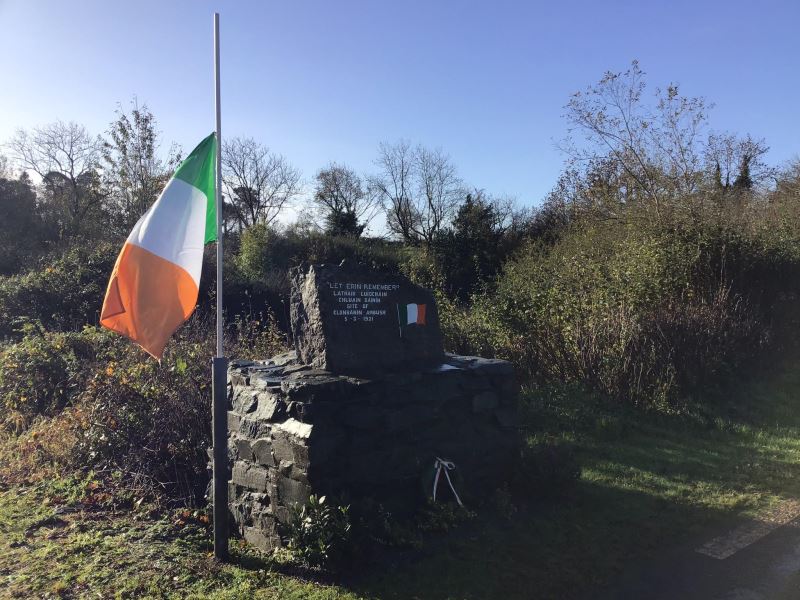
Sliabh Luachra and Duhallow
History Book to be published
after 100 years !
Cló Staire Chiarraí is delighted to announce that the History of the Parishes of Rathmore, Gneeveguilla and Knocknagree written by Fr William Ferris in the mid 1920s is finally to be published after 100 years.
After three years work on the original manuscript by editor Brendan McCarthy, the book will finally see the light of day in Spring 2024.
Second in the series of Fr Ferris’s Parish Histories, the History of the Parishes of Rathmore, Gneeveguilla and Knocknagree is a unique record of the rich history, culture and heritage of the Sliabh Luachra/Duhallow area and comprises :-
- a genealogical archive of the families of the three parishes (some 1,118 individuals named in the book)
- a social and cultural archive (e.g. Penal Days , the Famine, hedge schools and masters, National Schools with lists of teachers, holy wells, old cemeteries, Irish language, church history, clergy, local poets, musicians, writers, etc)
- an archaeological survey of the three parishes
- a place name and field name inventory
- a topographical survey of the parishes
- the story of the Whiteboy insurrection of 1821/22 in Sliabh Luachra and Duhallow
- a detailed account of the Land War of the 1880s (listing landlords and middlemen, evictions, local ‘Moonlighters’, Land League members, prisoners, policing, coercion, etc)
- an account of the War of Independence in Sliabh Luachra and Duhallow
- a survey of hunting and fishing in the parishes in the 1920s
- a detailed parish chronicle.
Much of this material was collected by Fr Ferris from parishioners in the course of station masses in the parishes and as such is no dry academic chronicle. It is history as lived and recounted by the ordinary people of Sliabh Luachra and Duhallow and their authentic voices come through clearly.
In addition, in the Introduction to the book, the Editor provides a biographical portrait of Fr Ferris who was a fascinating individual in his own right.
So if you come from these parishes or if any of your forebears came from this area, then it is likely that your family features in this book. You may discover where they lived, where they went to school, who their teachers were, who their landlord/middleman was, how they were affected by the Famine, whether they were evicted, whether they were involved in the Land War, etc.
With a limited print-run, this fully-indexed book is destined to be a collector’s item.
For further details and to pre-order the book, please go to
www.rathmorehistory.com
or e-mail the Editor on rathmorehist



